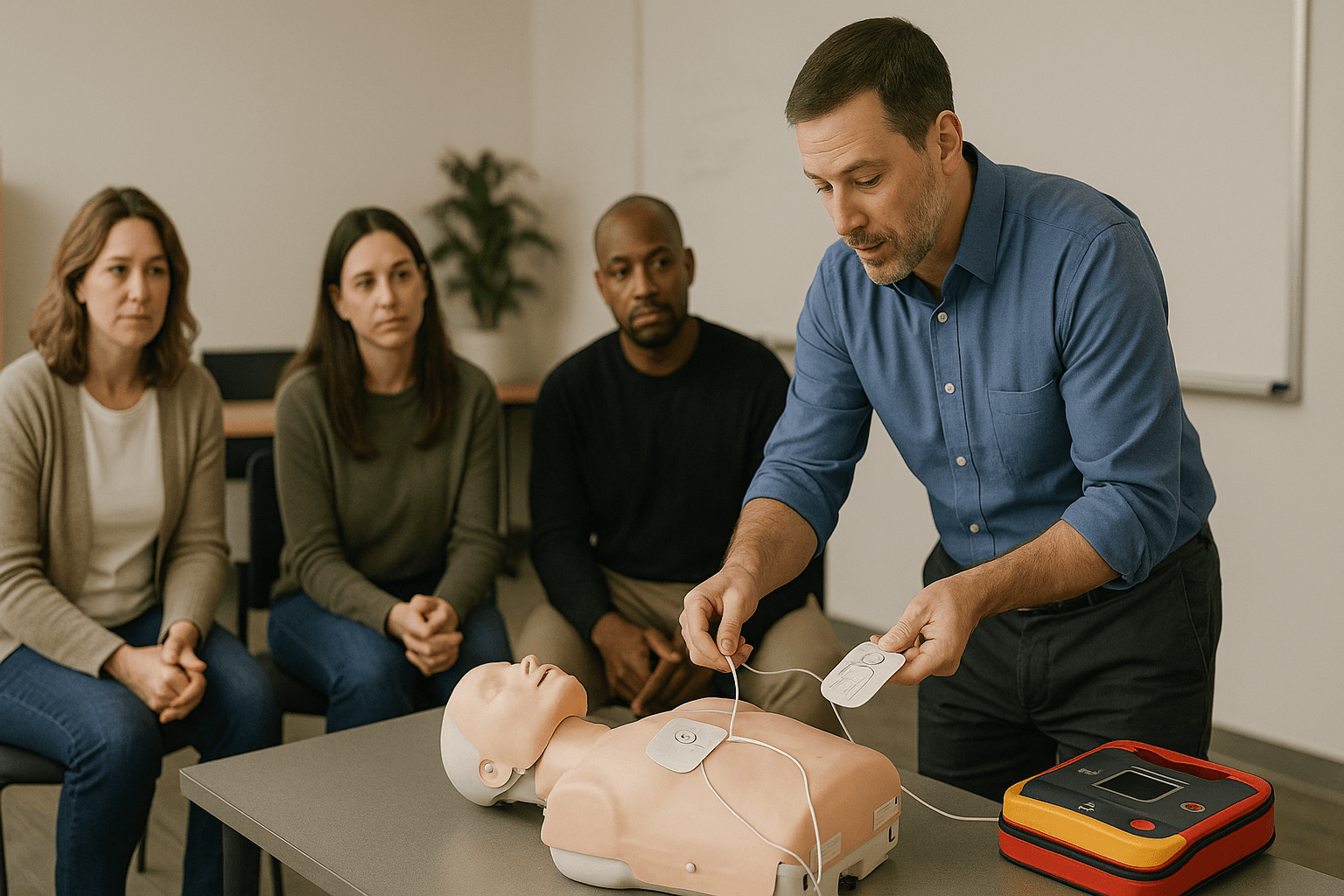
Your Complete Guide to Automated External Defibrillators (AEDs)
Automated External Defibrillators (AEDs) are life-saving devices that can restore normal heart rhythm during sudden cardiac arrest. Understanding how to use an AED can mean the difference between life and death.
What is an AED?
An AED is a portable electronic device that automatically diagnoses potentially life-threatening cardiac arrhythmias and treats them through electrical defibrillation. Modern AEDs are designed to be used by non-medical personnel with minimal training.
How AEDs Work
AEDs work by delivering an electric shock to the heart, which can restore a normal heartbeat during sudden cardiac arrest. The device analyzes the heart's rhythm and only delivers a shock if one is needed.
Where to Find AEDs
AEDs are commonly located in:
Using an AED: Step by Step
1. **Call for help** - Call 911 immediately
2. **Turn on the AED** - Follow the voice prompts
3. **Attach electrode pads** - Place as shown on the diagrams
4. **Analyze heart rhythm** - Let the AED analyze, don't touch the person
5. **Deliver shock if advised** - Stand clear and press the shock button
6. **Continue CPR** - Resume chest compressions immediately after shock
AED and CPR Together
AEDs work best when combined with effective CPR. The American Heart Association recommends the "Chain of Survival" approach: early recognition, early CPR, early defibrillation, and early advanced care.
Maintenance and Training
While AEDs are designed for ease of use, regular training and device maintenance are important. Most AEDs perform self-checks and will indicate when batteries or electrode pads need replacement.
Remember: You can't hurt someone by using an AED - the device will only shock if a shockable rhythm is detected. When in doubt, use the AED and follow its instructions.